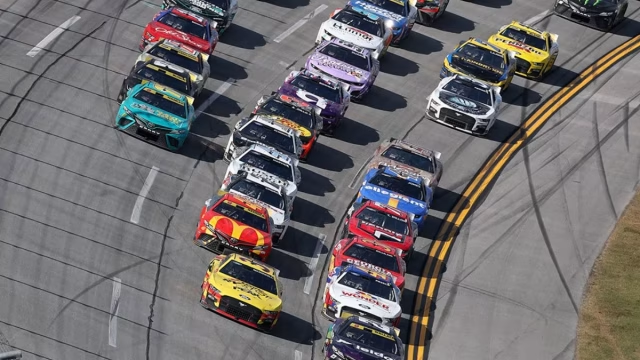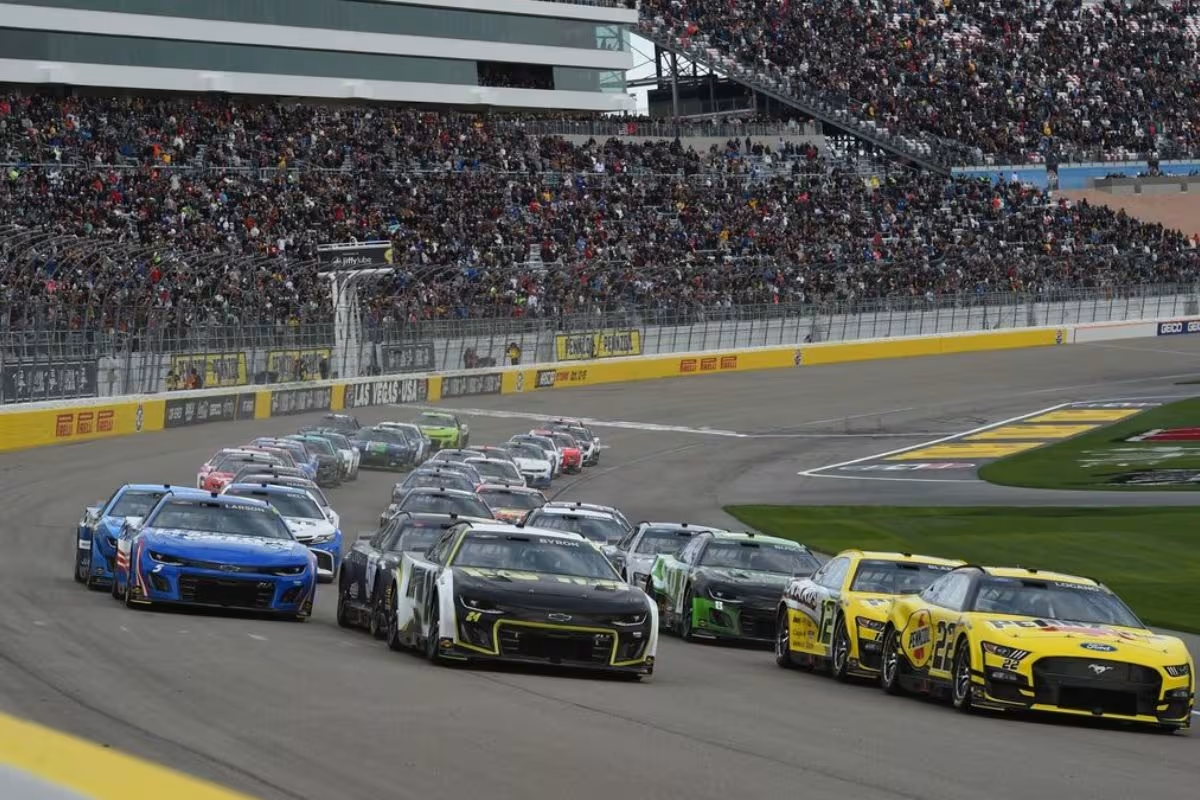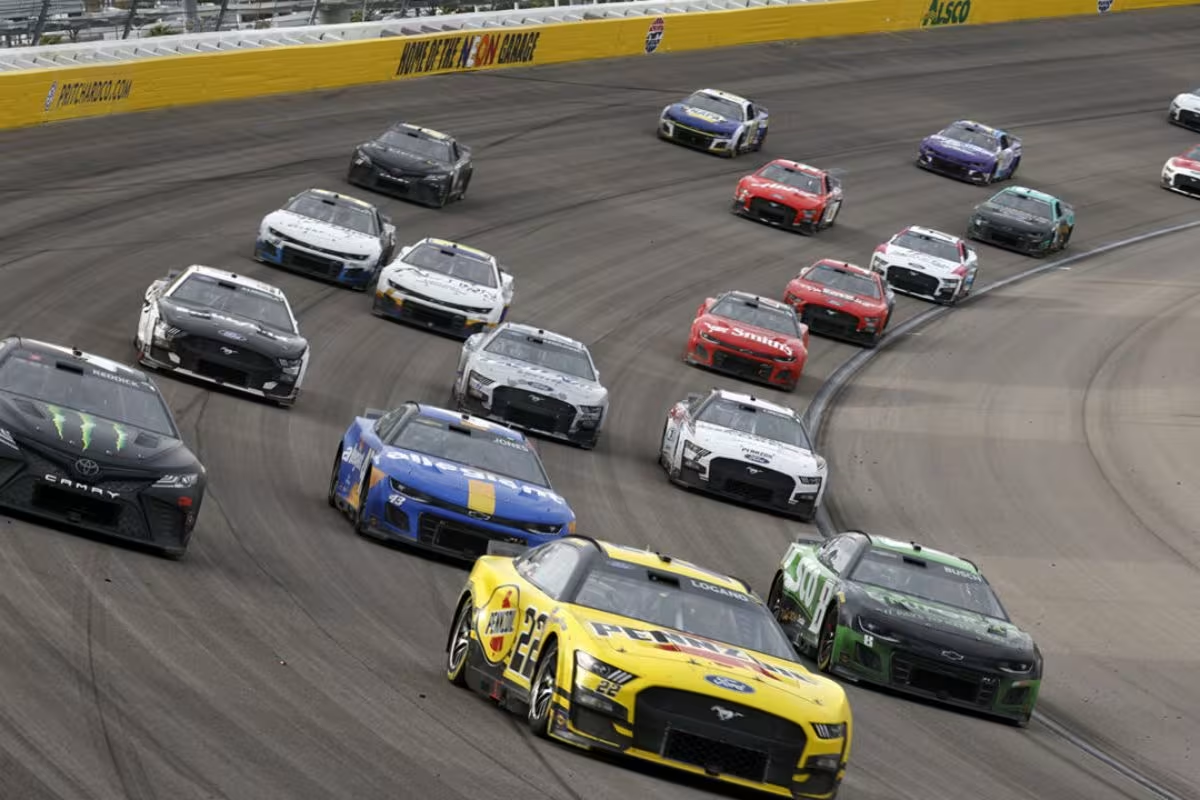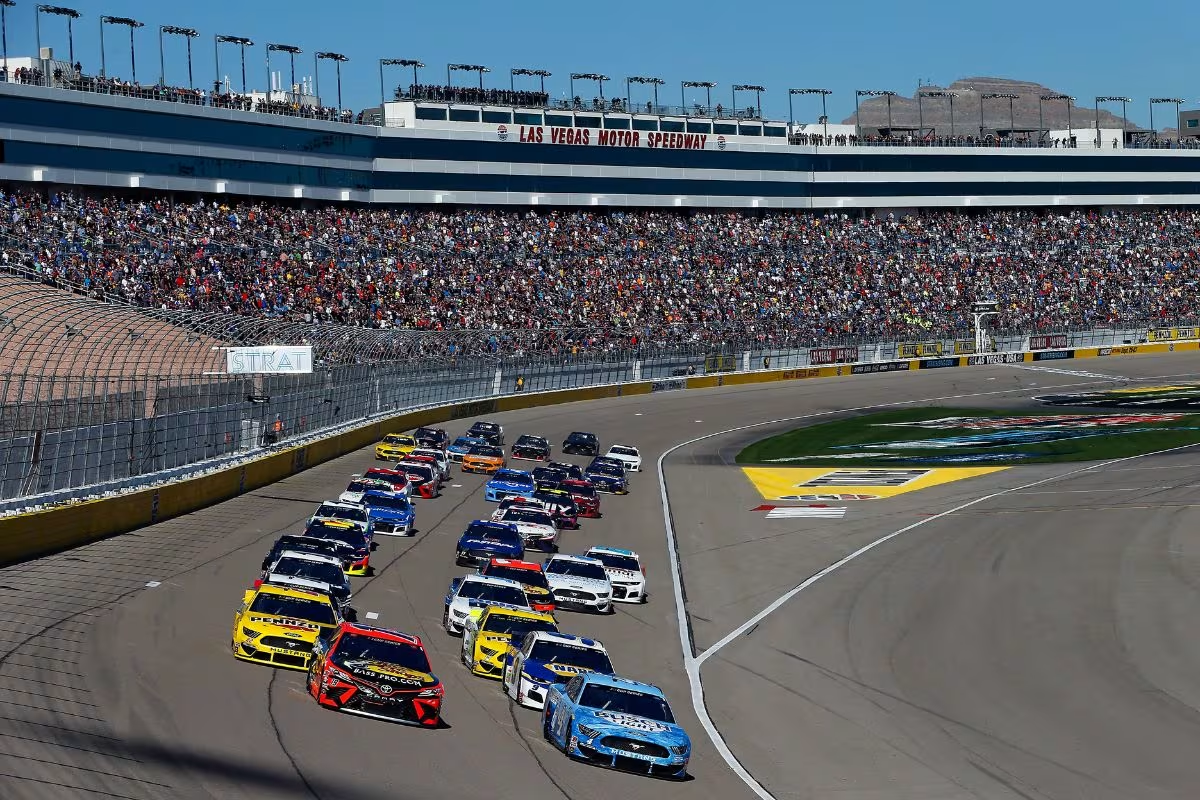NASCAR Sacrificed Driver Safety for Fair Play: NASCAR’s push for competitive fairness has raised concerns about driver safety. Chris Andrews’ innovative rear-end housing design was first met with doubt but ended up affecting performance standards. To keep racing fair, NASCAR introduced rule changes, including banning certain setups. However, with the introduction of Next-Gen cars, there’s been a growing worry as injuries have increased, especially concussions and on-track accidents.
Key Highlights
- Chris Andrews’ innovative rear-end housing design improved performance but raised concerns about safety and competitive balance in NASCAR.
- The rapid adoption of unconventional designs led to regulatory changes aimed at maintaining fairness, sometimes at the cost of driver safety.
- Next-Gen cars were introduced to standardize modifications, but they also coincided with an increase in on-track injuries and concussions.
- Injury statistics indicate a rise in serious incidents, from 4 injuries in the Gen 6 era to 5 in the Next-Gen period.
- NASCAR faces the challenge of prioritizing driver safety while fostering innovation and competitive integrity within the sport.
NASCAR’s Quest for Competitive Edge
In NASCAR, the relentless pursuit of a competitive edge drives teams to invent and push the boundaries of engineering. This intense competition fosters an environment where every minor adjustment can yield considerable improvements in performance.
Teams utilize advanced technologies, extensive simulations, and sophisticated data analytics to refine vehicle dynamics and optimize speed, agility, and handling. The integration of cutting-edge materials and aerodynamic designs plays an essential role in enhancing the overall effectiveness of the cars, ultimately contributing to a driver’s success on the track.
The case of engineer Chris Andrews and driver Carl Edwards exemplifies this quest for performance. While working with Roush Fenway Racing, Chris Andrews experimented with groundbreaking engineering solutions that resulted in astonishing revelations. His methodologies, which had the potential to transform car performance, garnered admiration within the racing community.
However, these advancements raised questions regarding the balance between creativity and driver safety, as the pursuit of a competitive edge can sometimes overshadow the imperative to protect the athletes competing at high speeds.
NASCAR’s regulatory framework is designed to maintain fairness and safety in the sport; yet, as teams investigate the limits of technology, they face the challenge of ensuring that safety measures keep pace with engineering advancements.
Chris Andrews’ Game-Changing Idea
The relentless drive for creativity in NASCAR often leads to groundbreaking ideas that can greatly influence performance on the track. Chris Andrews, with his extensive experience at Roush Fenway Racing, exemplifies this spirit through a crucial moment involving a novel rear-end housing design. Initially dismissed due to its novelty, the idea was ultimately accepted during a key testing session with driver Carl Edwards.
“We carried this rear-end housing with us in the test trailer all year. Every R&D test, he’d stand right next to me like, hey, we need to try that rear-end housing. I was like, yeah, yeah, we’ll get to it. We’ll do this damper thing, we’ll run these headers for Doug Gates, and the transmission guys want to do this… and we’re out of time. We’ll do it at the next test.” – Chris Andrews
Chris Andrews’ eventual decision to test the new housing resulted in immediate and measurable improvements. Carl Edwards reported a lap time that was remarkably faster, highlighting the concept that sometimes the most original ideas are those that challenge the status quo.
NASCAR’s Intervention and Rule Changes
NASCAR’s regulatory framework has consistently evolved in response to technological advancements and competitive strategies employed by teams. A crucial moment emerged with Chris Andrews’ creative approach at Roush Fenway Racing, which yielded notable performance gains. The revelation prompted a rapid implementation, with other teams quickly adopting similar strategies in pursuit of competitive advantage.
“We were at Nashville. This big speedway at Nashville testing with Carl Edwards. We had gotten through out damper list, engine test, geometry test list, arrow stuff and it was like 3 o’clock. He was like, ‘You know we got that rear-end housing/ I was like, Let’s get over with it because I’m tired of hearing about it. Then we’ll call the pilots, get in the plane, and go home.”
“We put the rear housing in, Carl gets in, does the outlap, peels around the bottom of one he’s coming off turn two down he back straight and he keys the mic and he said, ‘This is what we need every week’. His lap is like a tenth and a half faster than we’ve gone all day. Carl had a few laps and came and was like ‘Can we do more of that?’ I was like, ‘Oh man, I’ve been sitting on this for four months, you know.” – Chris Andrews
This phenomenon highlights the ever-present arms race within the sport, where marginal gains of one-tenth or half a moment can determine race outcomes.
As the practice proliferated, it became evident to NASCAR officials that the integrity of competition was at stake. The rear-end housing innovation, while not explicitly cheating, operated in a gray area of the rules, prompting NASCAR to intervene decisively. The governing body’s response included a formal ban on the specific rear-end housing configurations that Andrews and his team had pioneered.
“We go back to the shop, wrote the test report, everyone raved about it, and like two weeks later we had them in all of our cars on the race track. It just snowballed from there, other teams figured out what we were doing. Other teams started doing it, other teams started doing more. Then, eventually, there was a rule.” – Chris Andrews
Moreover, the introduction of Next-Gen cars has further solidified NASCAR’s resolve to eliminate ambiguities regarding acceptable modifications. By tightening regulations, NASCAR aims to guarantee that competition is rooted in a fair application of technology rather than exploitation of loopholes.
The Impact of Next-Gen Cars on Safety
Many observers have raised concerns about the safety implications of the Next-Gen cars introduced by NASCAR in 2022. While the groundbreaking design and technology promise improved performance, the reality has been blemished by an alarming increase in on-track injuries, particularly involving concussions. A comparison of injury statistics between the Gen 6 and Next-Gen eras sharply highlights the safety dilemma NASCAR faces.
During the Gen 6 era, only four drivers sustained injuries, showing a relatively safe environment. In contrast, since the introduction of Next-Gen cars, five drivers have already been injured, with three suffering concussions. This trend raises critical questions about the effectiveness of the new design, particularly concerning wider tires that may have inadvertently increased the likelihood of crashes.
The implications of head injuries in motorsports are profound, necessitating immediate attention from NASCAR. As the governing body grapples with these challenges, the safety of drivers must remain paramount. With fan sentiment leaning toward the older Gen 6 cars, NASCAR must evaluate whether the Next-Gen framework can be modified to prioritize safety without compromising competitive integrity.
News in Brief: NASCAR Sacrificed Driver Safety for Fair Play
The examination of NASCAR’s evolving regulations reveals a complex interplay between competitive integrity and driver safety. The introduction of Chris Andrews’ groundbreaking concepts, while aimed at enhancing fairness, prompted notable interventions and rule modifications.
The shift to Next-Gen cars demonstrates the ongoing challenges in balancing performance with safety considerations. Ultimately, the prioritization of fair play may inadvertently compromise the well-being of drivers, necessitating a reevaluation of existing safety protocols within the sport.
ALSO READ: The Most Disrespected Driver in NASCAR, According to a Expert



